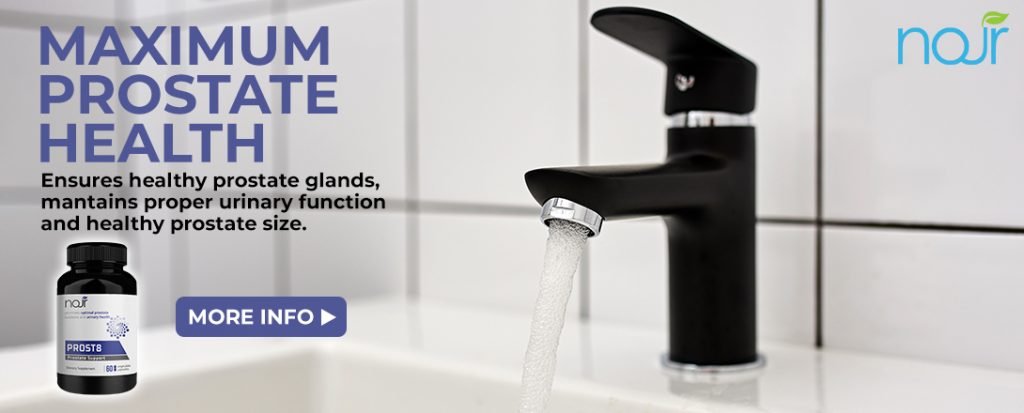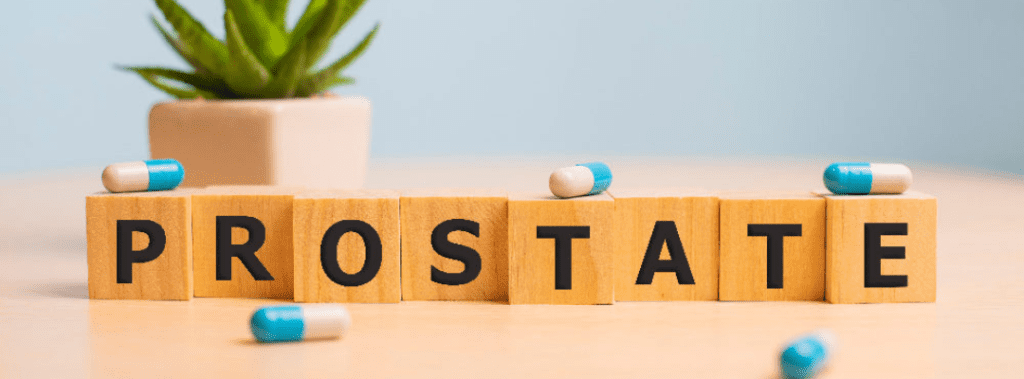The prostate’s most important function is the production of a fluid that, together with sperm cells from the testicles and fluids from other glands, makes up semen. The muscles of the prostate also ensure that the semen is forcefully pressed into the urethra and then expelled outwards during ejaculation.
Prostate problems are common, especially in older men. The most common include an inflamed prostate, an enlarged prostate, and prostate cancer.Symptoms of prostate trouble often appear as difficulty urinating, which might include poor bladder control or weak urine flow.This article provides an overview of the prostate, including its function and structure, where it is, and what medical conditions can affect it.
What is the prostate?
The prostate is a small, soft organ. On average, it is roughly the size of a walnut or a ping-pong ball. It weighs around (30 grams) and is usually soft and smooth to the touch.
The prostate sits deep in the pelvis, between the penis and the bladder. It is possible to feel the prostate gland by placing a finger into the rectum and pressing toward the front of the body.
The urethra, a tube that carries urine and semen out of the body, passes through the prostate. Because the prostate surrounds this tube, prostate problems can affect urine flow.
This organ is one part of male sexual or reproductive anatomy. The other parts include the penis, scrotum, and testes.
What does the prostate do?
A person does not require a functioning prostate to live, but it is important for fertility. The following sections discuss the functions of the prostate.
Helping to produce semen
The primary function of the prostate is to contribute prostatic fluid to semen. The prostate contributes of fluid to the total semen volume. The remainder comes from the seminal vesicles and the testicles .
Prostatic fluid contains components that make semen an ideal substance for sperm cells to live in, including enzymes, zinc, and citric acid. One important enzyme is prostate-specific antigen (PSA), which helps make the semen thinner and more fluid.
The fluid in semen helps the sperm travel down the urethra and survive the journey towards an egg, which is essential for reproduction.
Prostatic fluid is slightly acidic, but other components of semen make it alkaline overall. This is to counteract the acidity of the vagina and protect the sperm from damage.
Closing the urethra during ejaculation
During ejaculation, the prostate contracts and squirts prostatic fluid into the urethra. Here, it mixes with sperm cells and fluid from the seminal vesicles to create semen, which the body then expels.
When the prostate contracts during ejaculation, it closes off the opening between the bladder and urethra, pushing semen through at speed. This is why, in typical anatomic situations, it is impossible to urinate and ejaculate simultaneously.
Hormone metabolism
The prostate needs androgens, which are male sex hormones, such as testosterone, to function correctly.
The prostate contains an enzyme called 5-alpha reductase, which converts testosterone into a biologically active form called dihydrotestosterone (DHT).
This hormone is important for normal prostate development and function. In the developing male, it is crucial for the development of secondary sex characteristics, such as facial hair.

Structure of the prostate
A capsule of connective tissue that contains muscle fibers surrounds the prostate. This capsule makes the prostate feel elastic to the touch.
Scientists often categorize the prostate into four zones that surround the urethra like layers of an onion.
The following layers make up the prostate, beginning with the outer capsule and ending inside the prostate:
- Anterior zone: Made of muscle and fibrous tissues, medical professionals call this zone the anterior fibromuscular zone.
- Peripheral zone: Mostly situated toward the back of the gland, this is where most of the glandular tissue sits.
- Central zone: This surrounds the ejaculatory ducts and makes up around 25% of the prostate’s total mass.
- Transition zone: This is the part of the prostate that surrounds the urethra. It is the only portion of the prostate that continues to grow throughout life.
Symptoms of prostate problems
Prostate conditions often cause problems with urination or bladder control. These may include the following:
- poor bladder control, including frequent bathroom visits
- urinary urgency, sometimes with only a small amount of urine
- difficulty starting the urine stream, or stopping and starting the stream while urinating
- a weak or thin urine stream
Prostate problems can also cause problems with sexual function, urinary tract infections, bladder stones, or in extreme cases, kidney failure.
If a person is unable to urinate at all, they should seek medical attention immediately.
A person should see their doctor if they notice any of the following symptoms:
- pain while urinating or after ejaculation
- pain in the penis, scrotum, or the area between the scrotum and anus
- blood in the urine
- severe discomfort in the abdomen
- a weak urine stream or dribbling at the end of urinating
- fever, chills, or body aches
- trouble controlling the bladder, such as stopping or delaying urination
- inability to empty the bladder completely
- urine with an unusual odor or color

